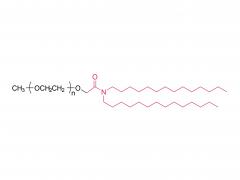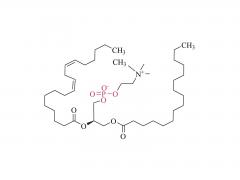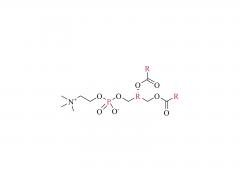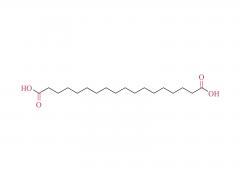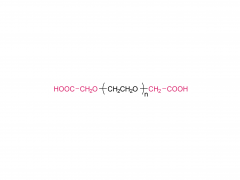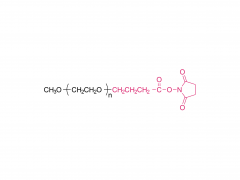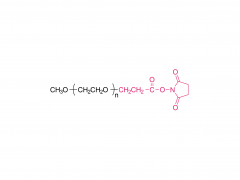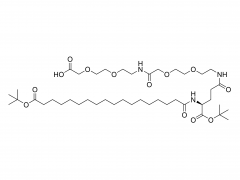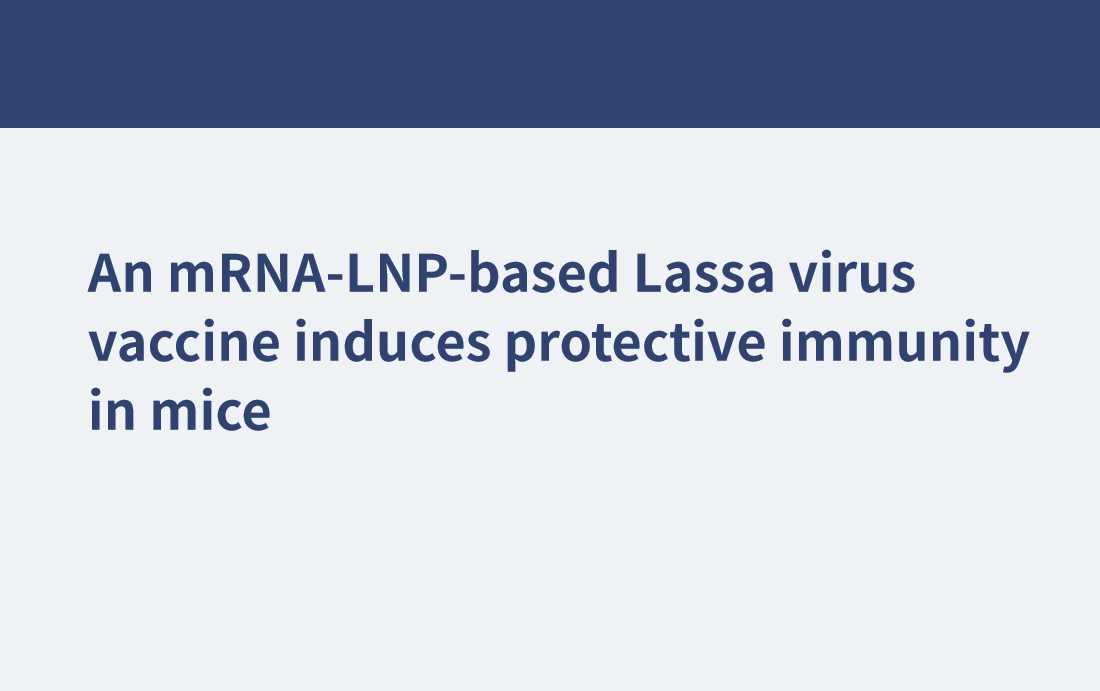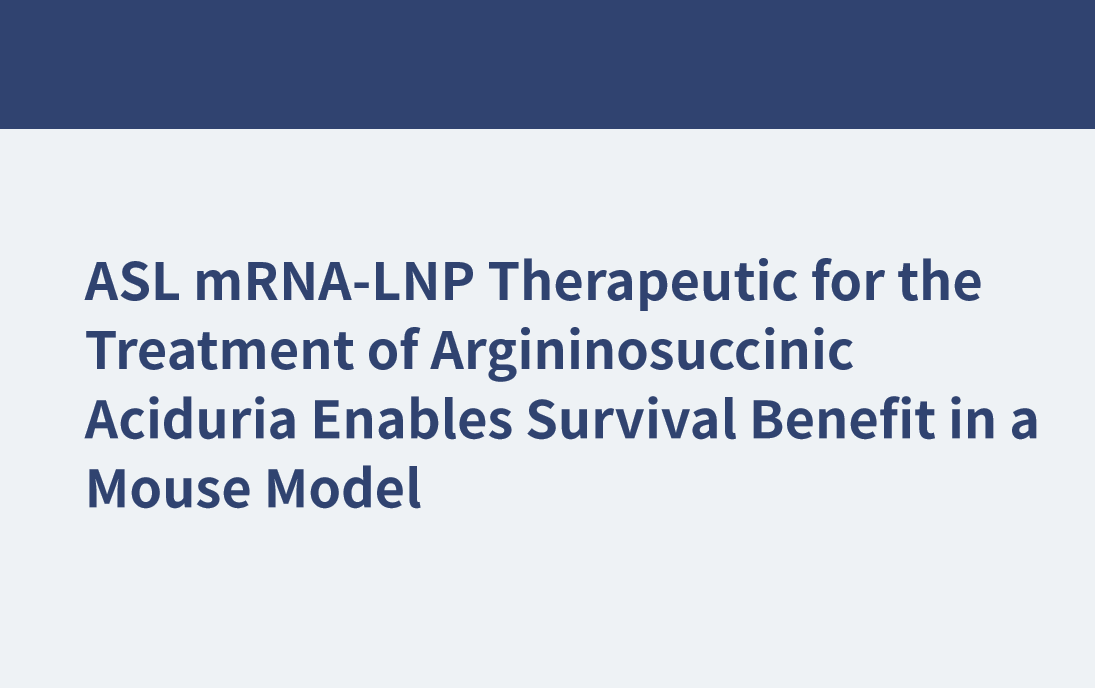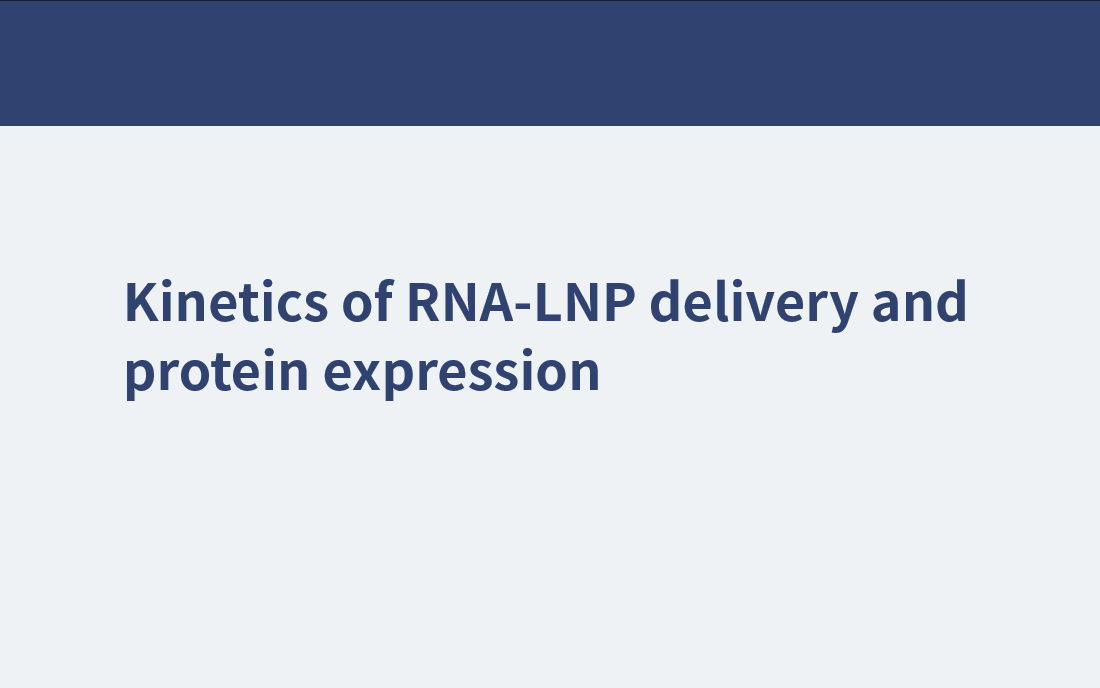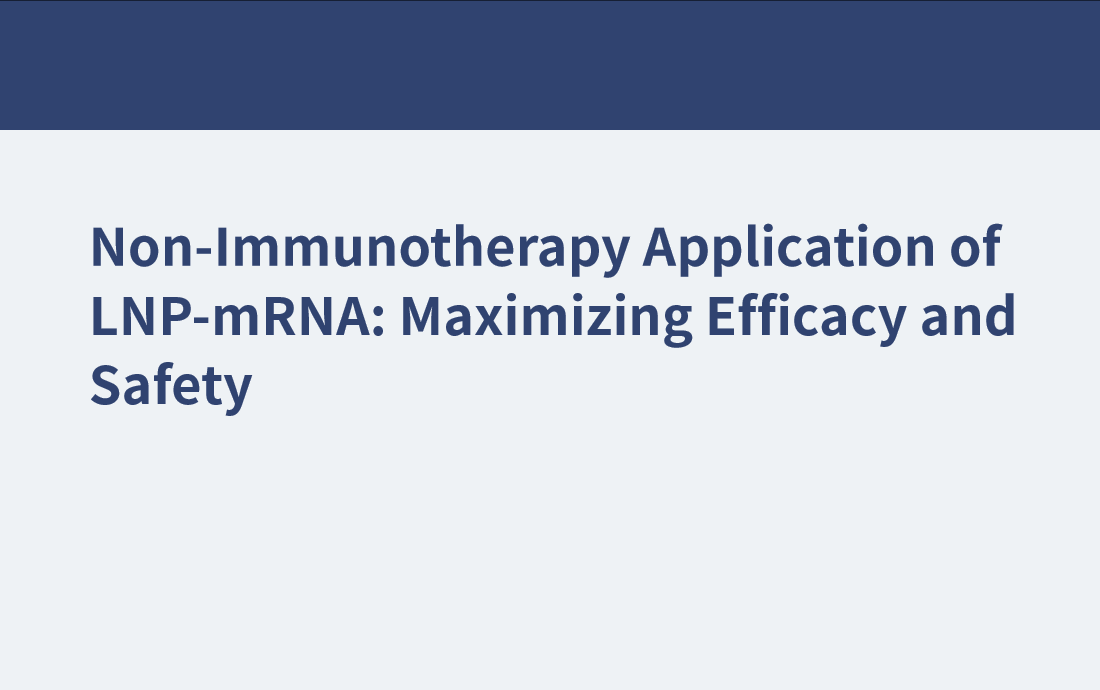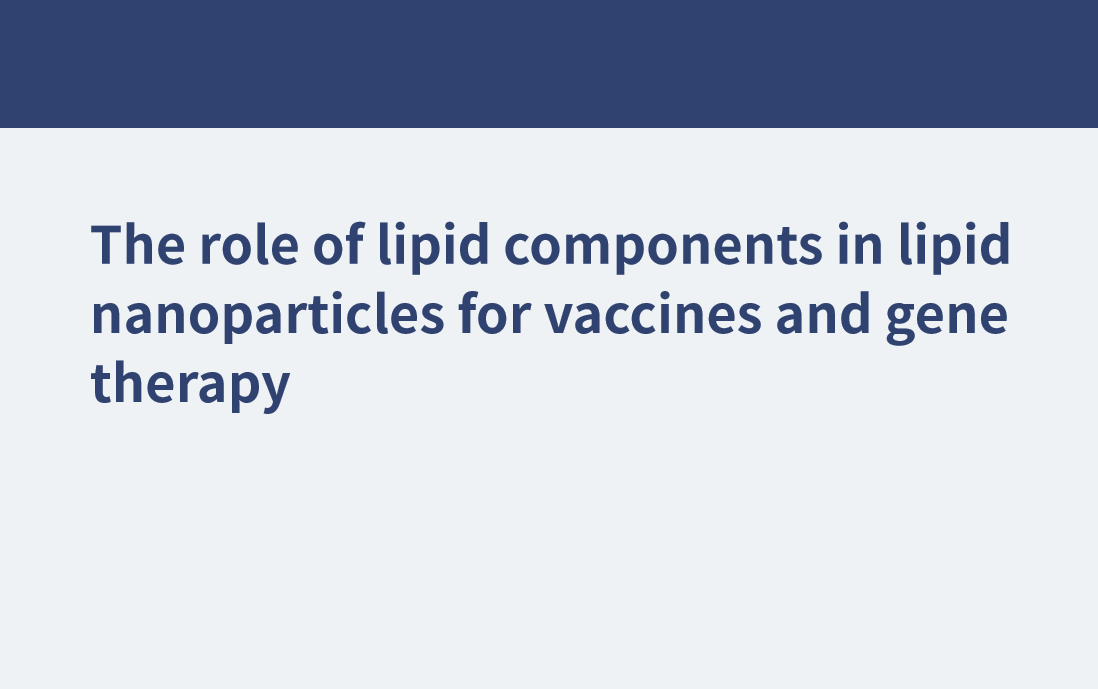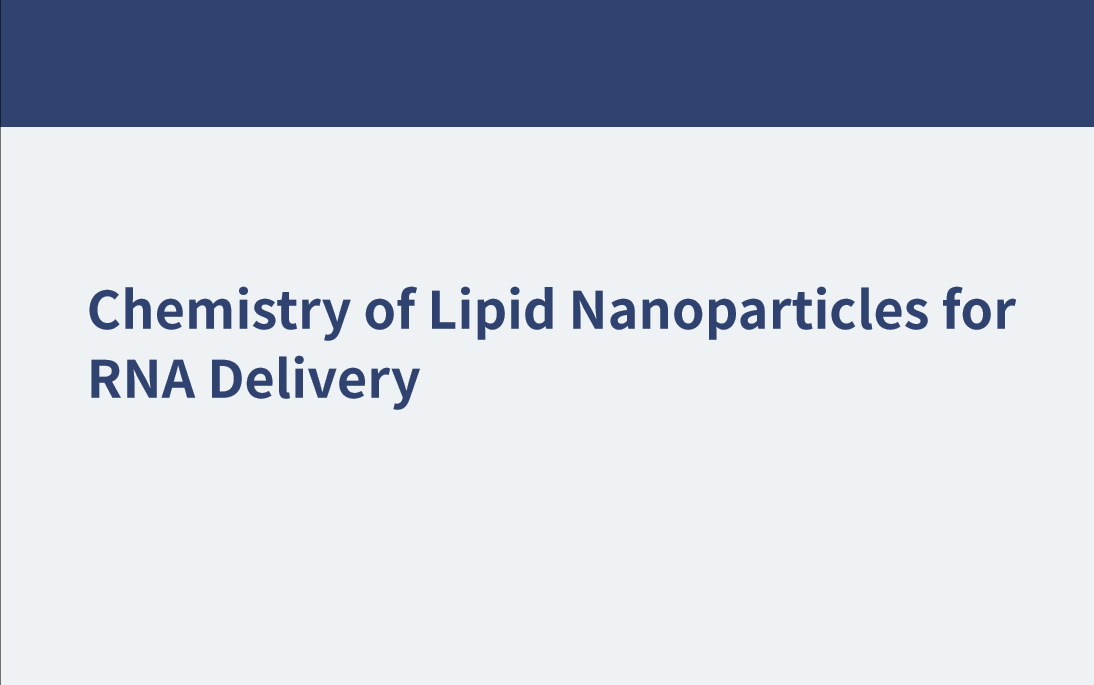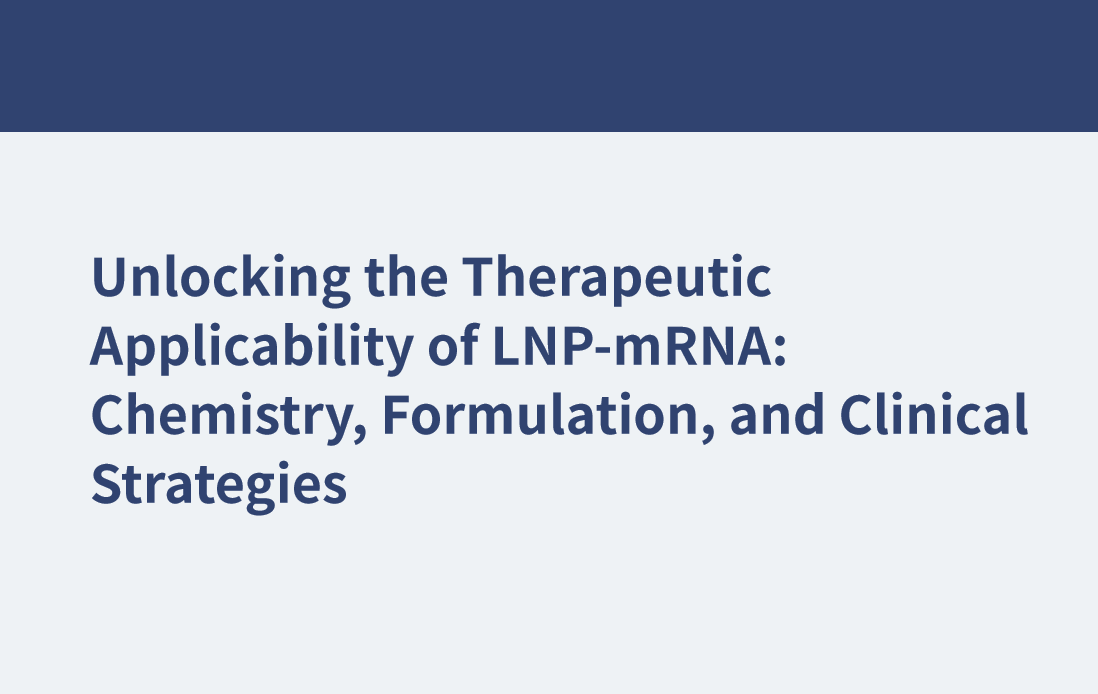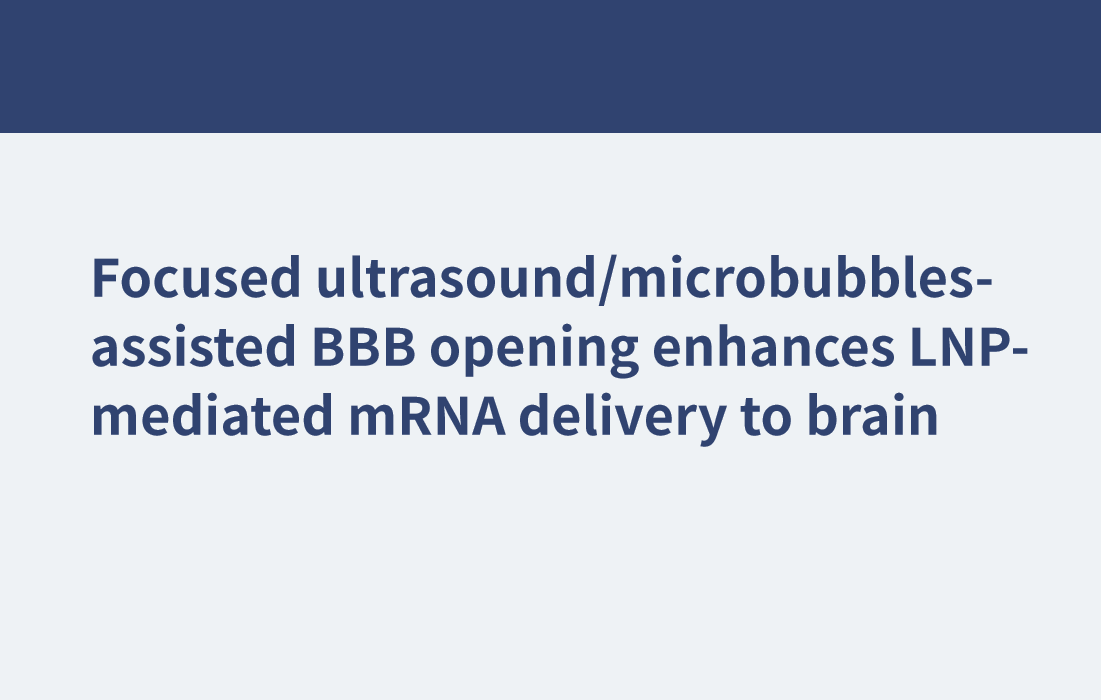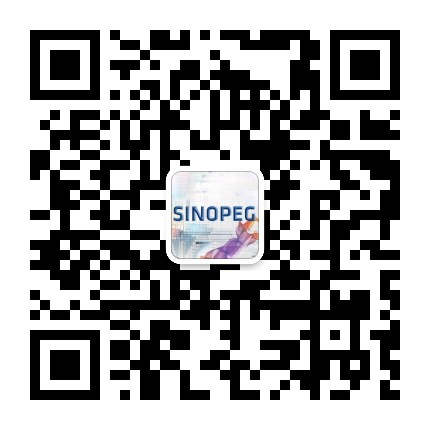J Virol. 2024 Jun 13;98(6):e0057824. doi: 10.1128/jvi.00578-24. Epub 2024 May 20. An mRNA-LNP-based Lassa virus vaccine induces protective immunity in mice Abstract The mammarenavirus Lassa virus (LASV) causes the life-threatening hemorrhagic fever disease, Lassa fever. The lack of licensed medical countermeasures against LASV underscores the urgent need for the development of novel LASV vaccines, which has been hampered by the requirement for a biosafety level 4 facility to handle live LASV. Here, we investigated the efficacy of mRNA-lipid nanoparticle (mRNA-LNP)-based vaccines expressing the LASV glycoprotein precursor (LASgpc) or nucleoprotein (LCMnp) of the prototypic mammarenavirus, lymphocytic choriomeningitis virus (LCMV), in mice. Two doses of LASgpc- or LCMnp-mRNA-LNP administered intravenously (i.v.) protected C57BL/6 mice from a lethal challenge with a recombinant (r) LCMV expressing a modified LASgpc (rLCMV/LASgpc2m) inoculated intracranially. Intramuscular (i.m.) immunization with two doses of LASgpc- or LCMnp-mRNA-LNP significantly reduced the viral load in C57BL/6 mice inoculated i.v. with rLCMV/LASgpc2m. High levels of viremia and lethality were observed in CBA mice inoculated i.v. with rLCMV/LASgpc2m, which were abrogated by i.m. immunization with two doses of LASgpc-mRNA-LNP. The protective efficacy of two i.m. doses of LCMnp-mRNA-LNP was confirmed in a lethal hemorrhagic disease model of FVB mice i.v. inoculated with wild-type rLCMV. In all conditions tested, negligible and high levels of LASgpc- and LCMnp-specific antibodies were detected in mRNA-LNP-immunized mice, respectively, but robust LASgpc- and LCMnp-specific CD8+ T cell responses were induced. Accordingly, plasma from LASgpc-mRNA-LNP-immunized mice did not exhibit neutralizing activity. Our findings and surrogate mouse models of LASV infection, which can be studied at a reduced biocontainment level, provide a critical foundation for the rapid development of mRNA-LNP-based LASV vaccines.IMPORTANCELassa virus (LASV) is a highly pathogenic mammarenavirus responsible for several hundred thousand infections annually in West African countries, causing a high number of lethal Lassa fever (LF) cases. Despite its significant impact on human health, clinically approved, safe, and effective medical countermeasures against LF are not available. The requirement of a biosafety level 4 facility to handle live LASV has been one of the main obstacles to the research and development of LASV countermeasures. Here, we report that two doses of mRNA-lipid nanoparticle-based vaccines expressing the LASV glycoprotein precursor (LASgpc) or nucleoprotein (LCMnp) of lymphocytic choriomeningitis virus (LCMV), a mammarenavirus genetically closely related to LASV, conferred protection to recombinant LCMV-based surrogate mouse models of lethal LASV infection. Notably, robust LASgpc- and LCMnp-specific CD8+ T cell responses were detected in mRNA-LNP-immunized mice, whereas no virus-neutralizing acti...
View More







